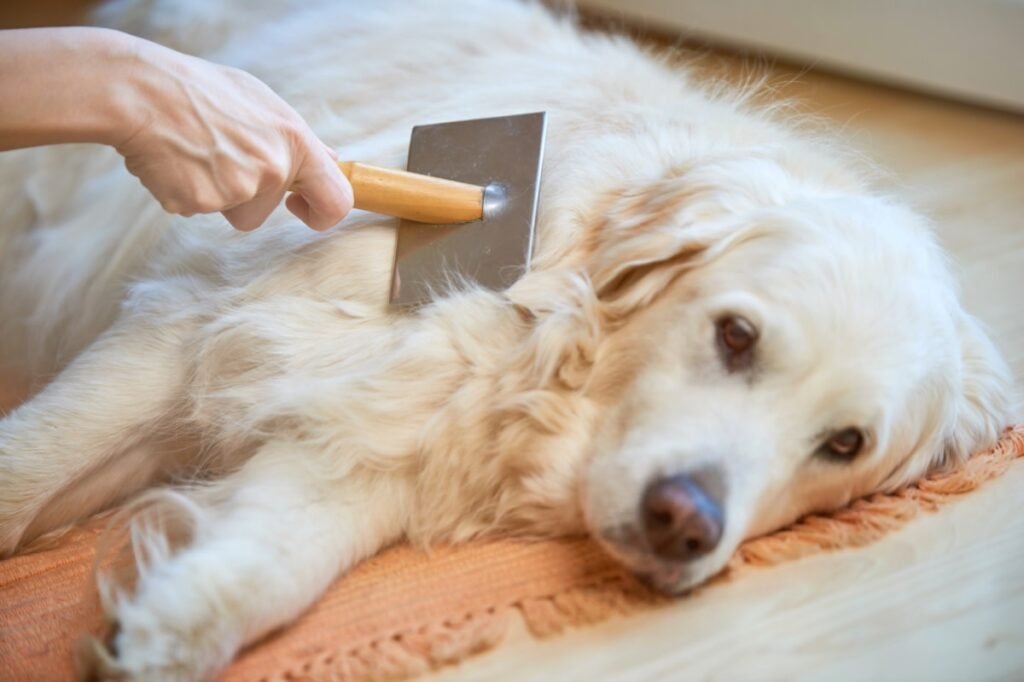
Introduction
Grooming is more than just keeping your pet looking good—it’s a critical part of their overall health and happiness. Regular grooming reduces shedding, prevents infections, identifies health issues early, and strengthens the bond between you and your furry friend.
But grooming isn’t a one-size-fits-all task. Different breeds and coat types require different tools, techniques, and schedules. Whether you’re caring for a curly-coated Poodle, a thick-coated Husky, or a sleek Siamese cat, understanding your pet’s unique grooming needs is essential.
In this comprehensive guide, we’ll cover:
- Grooming essentials by coat type and breed
- Tools of the trade
- How often to groom
- Tips for making grooming stress-free
- Common grooming mistakes to avoid
Why Grooming Matters
Before diving into breed specifics, let’s understand why grooming is vital:
- Skin health: Brushing removes dirt, debris, and excess oils.
- Early detection: Grooming helps you find bumps, parasites, or skin issues early.
- Comfort: Matted fur, long nails, and dirty ears can cause discomfort or pain.
- Bonding: Grooming strengthens the trust between you and your pet.
- Appearance: Regular grooming keeps your pet looking and feeling their best
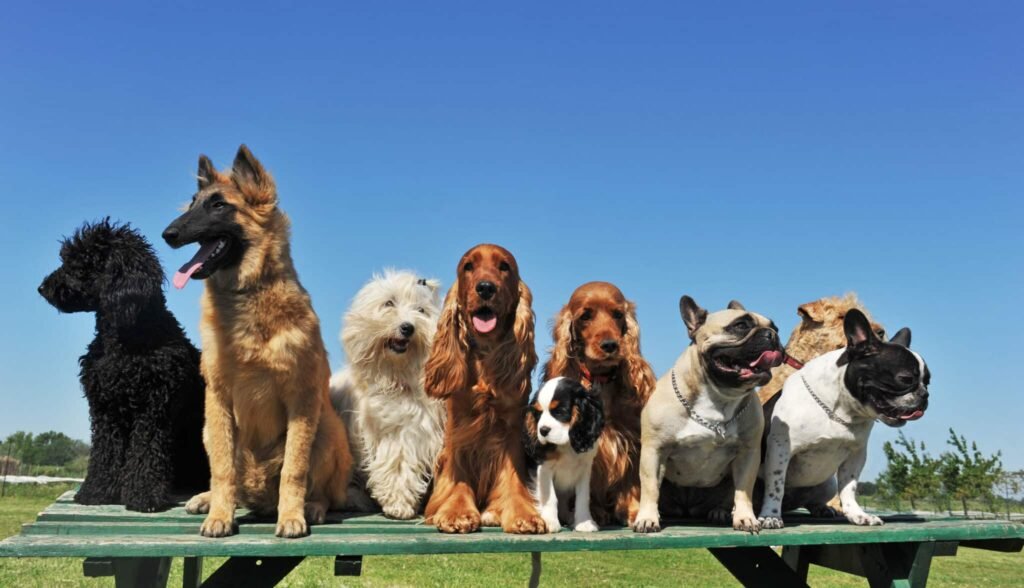
Grooming by Dog Coat Type
1. Short-Haired Dogs (e.g., Beagle, Boxer, Doberman)
Grooming Needs:
- Brush weekly with a rubber curry brush or grooming mitt.
- Bathe every 1–2 months unless dirty.
- Check ears and clip nails regularly.
Tools:
- Rubber grooming mitt
- Mild dog shampoo
- Nail clippers
Tips:
- These dogs shed, so weekly brushing helps control hair.
- Use a damp cloth to wipe dirt off coats between baths.
2. Long-Haired Dogs (e.g., Afghan Hound, Shih Tzu, Collie)
Grooming Needs:
- Brush daily to prevent mats and tangles.
- Bathe every 3–4 weeks.
- Trim around paws, ears, and hygiene areas.
Tools:
- Slicker brush
- Wide-tooth comb
- Scissors or trimmers
Tips:
- Use a detangling spray for stubborn knots.
- Start brushing from the ends and work your way to the roots.
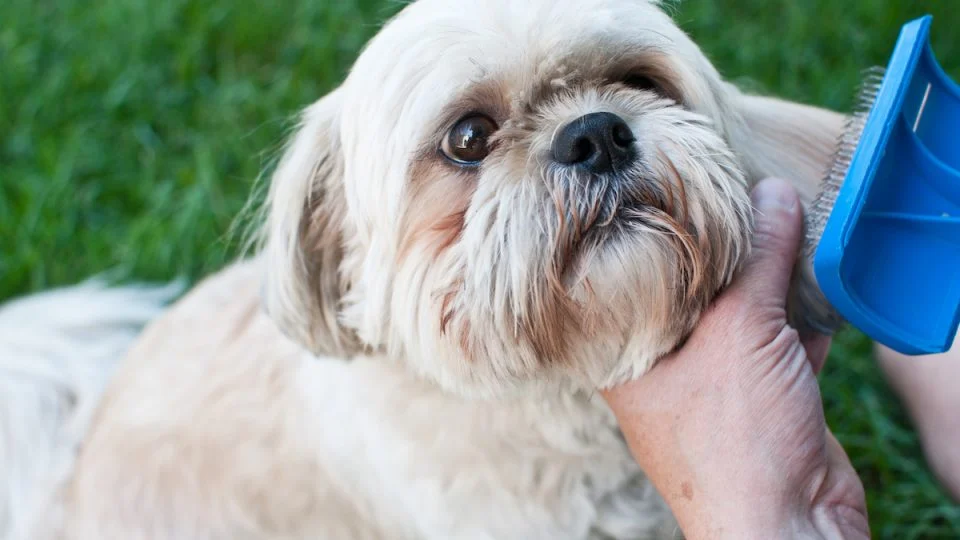
3. Double-Coated Dogs (e.g., Husky, German Shepherd, Akita)
Grooming Needs:
- Brush 2–3 times a week, daily during shedding season.
- Bathe every 2–3 months.
- Never shave their coat—it protects them from heat and cold.
Tools:
- Undercoat rake
- Deshedding tool (e.g., Furminator)
- Pin brush
Tips:
- Invest in a good vacuum! These dogs shed heavily twice a year.
- Use an undercoat rake before and after baths.
4. Curly-Coated Dogs (e.g., Poodle, Bichon Frise, Portuguese Water Dog)
Grooming Needs:
- Brush 3–4 times a week or daily.
- Trim every 4–6 weeks.
- Bathe monthly.
Tools:
- Curved scissors
- Slicker brush
- Detangling spray
Tips:
- Curly coats don’t shed much but mat easily.
- Consider professional grooming if unsure how to clip.
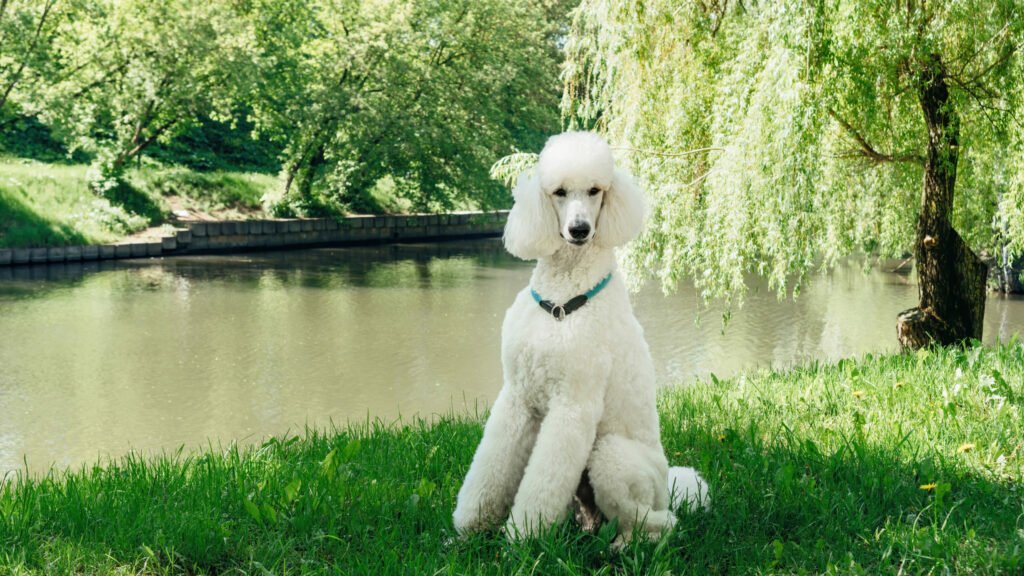
Grooming by Cat Coat Type
5. Short-Haired Cats (e.g., Siamese, American Shorthair)
Grooming Needs:
- Brush weekly.
- Bathe only when necessary.
- Trim nails and clean ears monthly.
Tools:
- Bristle brush or rubber glove
- Nail clippers
Tips:
- Short hair doesn’t mean no shedding—brush regularly to reduce hairballs.
- Use treats to create positive grooming associations.
6. Long-Haired Cats (e.g., Persian, Maine Coon, Ragdoll)
Grooming Needs:
- Brush daily.
- Clean eyes and hygiene area regularly.
- Bathe every 4–6 weeks if tolerated.
Tools:
- Steel comb
- Slicker brush
- Eye wipes
Tips:
- Start grooming early in kittenhood.
- Use dry shampoo if your cat hates water.
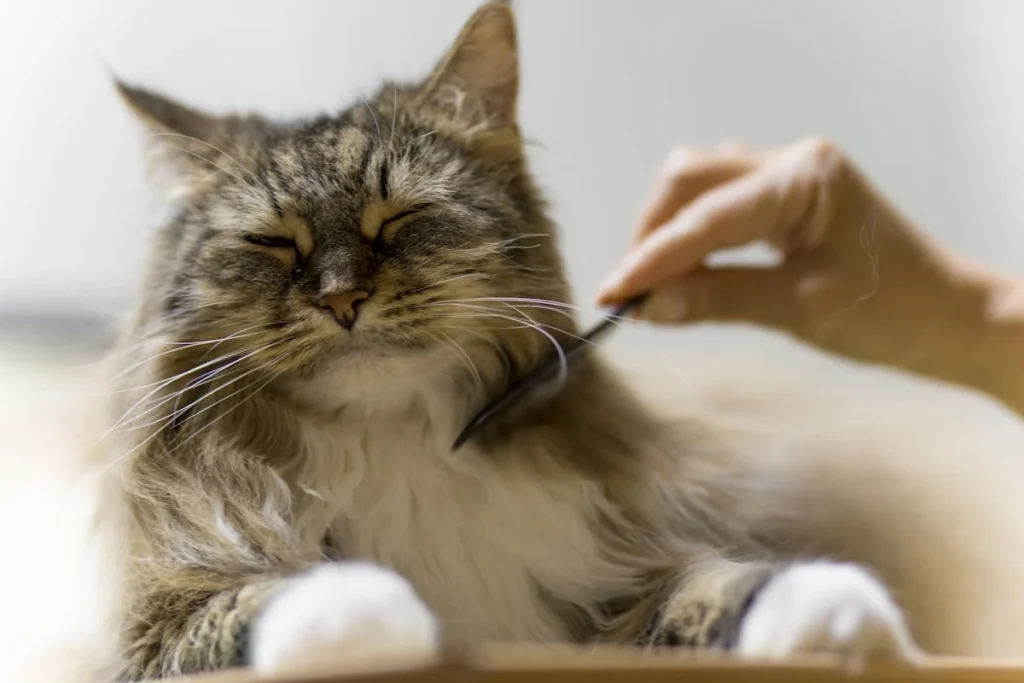
7. Hairless Cats (e.g., Sphynx, Peterbald)
Grooming Needs:
- Wipe skin with warm cloth 2–3 times a week.
- Bathe weekly to remove oil buildup.
- Clean ears and trim nails regularly.
Tools:
- Pet-safe baby wipes
- Hypoallergenic cat shampoo
Tips:
- Use gentle, non-toxic products to prevent irritation.
- Provide sweaters or heating pads in winter.
Grooming Exotic Pets (Quick Tips)
- Rabbits: Brush weekly (daily during shedding), check nails, never bathe.
- Guinea pigs: Brush long-haired breeds, spot clean cages daily.
- Ferrets: Bathe only a few times a year; over-washing causes skin dryness.
- Birds: Offer shallow water dishes for self-bathing or misting.
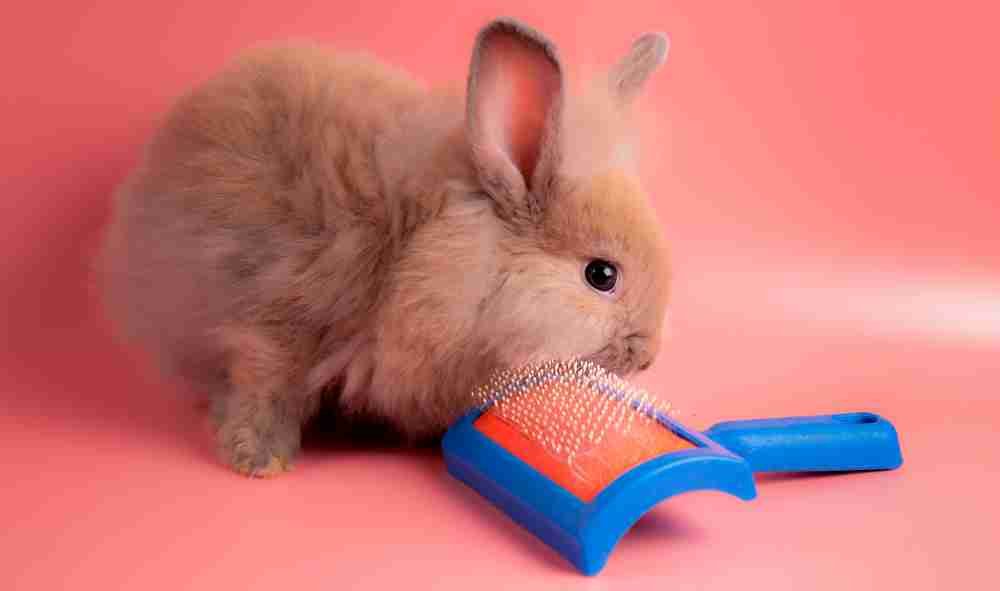
Common Grooming Mistakes
- Over-bathing: Strips natural oils from skin.
- Wrong tools: Can damage fur or hurt the skin.
- Ignoring nails: Overgrown nails cause pain or affect gait.
- Skipping ears and teeth: These areas harbor infections and bacteria.
- Inconsistent routine: Makes grooming harder and more stressful.
How Often Should You Groom?
| Pet/Breed Type | Brushing | Bathing | Nail Trimming |
|---|---|---|---|
| Short-Haired Dogs | Weekly | Monthly | Every 3–4 weeks |
| Long-Haired Dogs | Daily | Monthly | Every 2–4 weeks |
| Double-Coated Dogs | 2–3x/week | Every 2–3 mos | Every 4 weeks |
| Curly-Coated Dogs | 3–4x/week | Monthly | Every 2–3 weeks |
| Short-Haired Cats | Weekly | Rarely | Monthly |
| Long-Haired Cats | Daily | Monthly | Monthly |
| Hairless Cats | 2–3x/week wipe | Weekly | Monthly |
Tips for Stress-Free Grooming
- Start grooming young to build comfort.
- Keep sessions short and positive.
- Use treats and praise.
- Play with tools before use.
- Groom after exercise when your pet is calm.
- Choose a quiet, comfortable location.
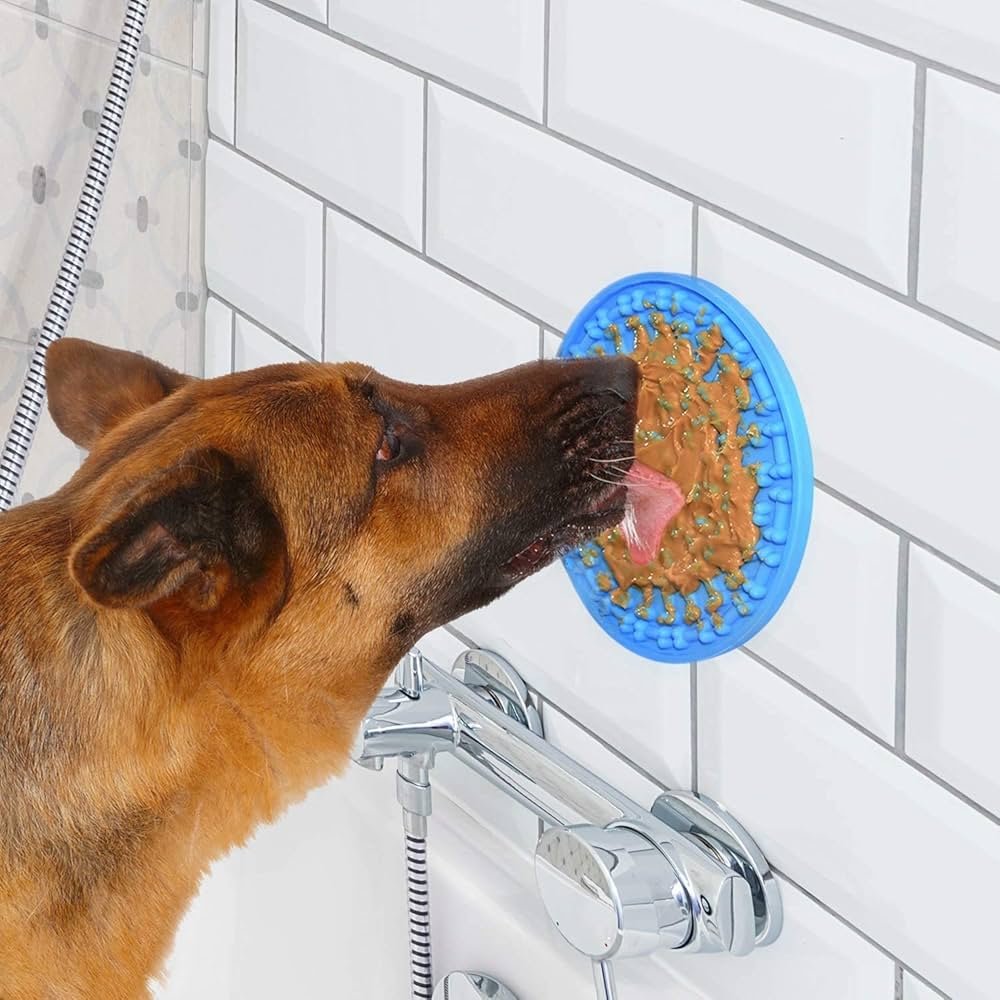
Grooming Kit Must-Haves
- Brushes: Slicker, bristle, pin, undercoat rake
- Nail clippers or grinder
- Pet shampoo and conditioner
- Detangling spray
- Ear cleaning solution
- Toothbrush and pet-safe toothpaste
- Scissors and trimmers (if trimming at home)
- Towels and pet dryer (optional but helpful)
When to Seek Professional Grooming
- Mats that are too close to the skin
- Breed-specific cuts (e.g., Poodle or Schnauzer clips)
- Senior pets who are sensitive or arthritic
- Difficult behavior or grooming resistance
- Skin conditions requiring medicated baths
Professional groomers have the tools and expertise to handle difficult grooming scenarios safely and efficiently.
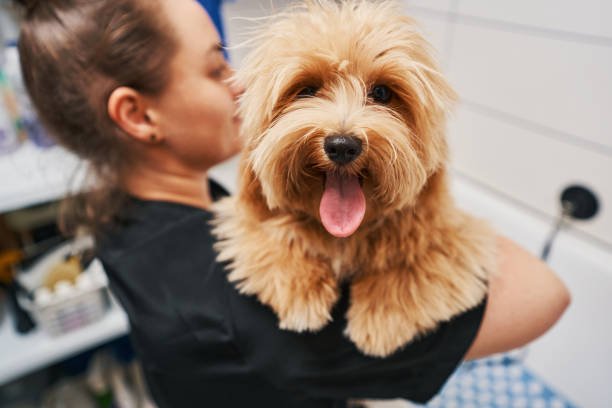
Conclusion
Grooming is essential to your pet’s comfort, appearance, and long-term health. Understanding your pet’s breed and coat type allows you to choose the right tools, set a grooming schedule, and know when to seek professional help. Whether you’re brushing out tangles, clipping nails, or giving a spa-worthy bath, regular grooming shows your love in a language pets understand best—care.
Take grooming as an opportunity to bond, observe, and nurture. With the right routine, your pet won’t just look great—they’ll feel great too.
